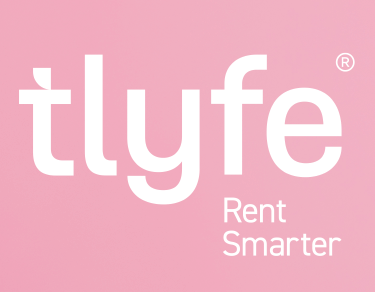
The Bank of England has released new buy to let mortgage underwriting standards which are expected to set out stricter borrowing criteria to be met by landlords - you can see the full details here.
Just before the Easter break Chancellor George Osborne said it was “very likely” that there would be a further clampdown on the availability of buy to let mortgages.
Speaking to the Commons Treasury Committee Osborne admitted it was not a coincidence that the clampdown was coming just after the stamp duty surcharge and change in landlords’ mortgage interest tax relief - but was instead part of a wider package to restrict the lettings sector’s impact on the economy.
“The measures I have taken in the last couple of fiscal events - on additional stamp duty and on changes to mortgage interest relief - have been done in the knowledge that the Bank of England has concerns about a bubble emerging in this market” he told MPs.
“So in that sense, I am not saying there has been any collaboration - because they [the Bank] are entirely independent - but I have informed the Bank’s governor in advance of steps I have decided to take in this space, so I think we have a coherent approach” he said.
The Bank’s Financial Policy Committee is likely to take action, as soon as this year, to restrict buy to let mortgages, Osborne told MPs.
A Financial Stability Report from the FPC towards the end of 2015 warned that in the first nine months of 2015, buy-to-let lending rose by 10 per cent - for owner occupiers it rose by less than half a per cent. In 2014 the FPC introduced regulations limiting the number of owner-occupier mortgages worth more than 4.5 times the borrower's income and implementing stress tests on the borrower's ability to repay - but these rules do not apply to buy to let, at least yet.
Financial commentators have in recent days speculated that the biggest change may be around the affordability tests for BTL borrowers. Currently affordability is typically tested by ensuring that rental income exceeds 125 per cent of loan interest, assuming mortgage rates in the range of five to six per cent - far higher than it actually is currently - whereas owner occupiers affordability is typically tested at seven per cent.












%20-%20IMAGE%20Client%20Accounting%20%E2%80%93%20what%20are%20your%20options.jpg)

%20(002).png)
.png)
.png)

%20(002).jpg)







Join the conversation
Jump to latest comment and add your reply
Good plan George! Undermine the section of society that was confident prior to your involvement.
The economic confidence is based on property. If you want to help buyer build more homes. SIMPLE. Tighten up residential mortgages & tighten buy-to-let mortgages; who is going to buy the houses that are built? This is crazy stuff.
Making money harder to get at for landlords will mean landlords put together larger deposits, a big enough deposit will always find a lender. First time buyers do now need some advantage.
The only clearly knee jerk policy mr Osborne had put through is to cap mortgage relief. Thats the killer blow in his reforms for landlords. Quite unfair all other business that borrows to improve their business obviously claim the loan repayments as a capital outlay. landlords are no different, they are an easy target. my next vote certainly won't be for Mr Osborne's party. Who would vote for the party that stuck the knife in and twisted it?
It's only right too many people are over-geared, it's trying to make it a bit more sensible otherwise we'll be back to ''boom and bust''
Please login to comment